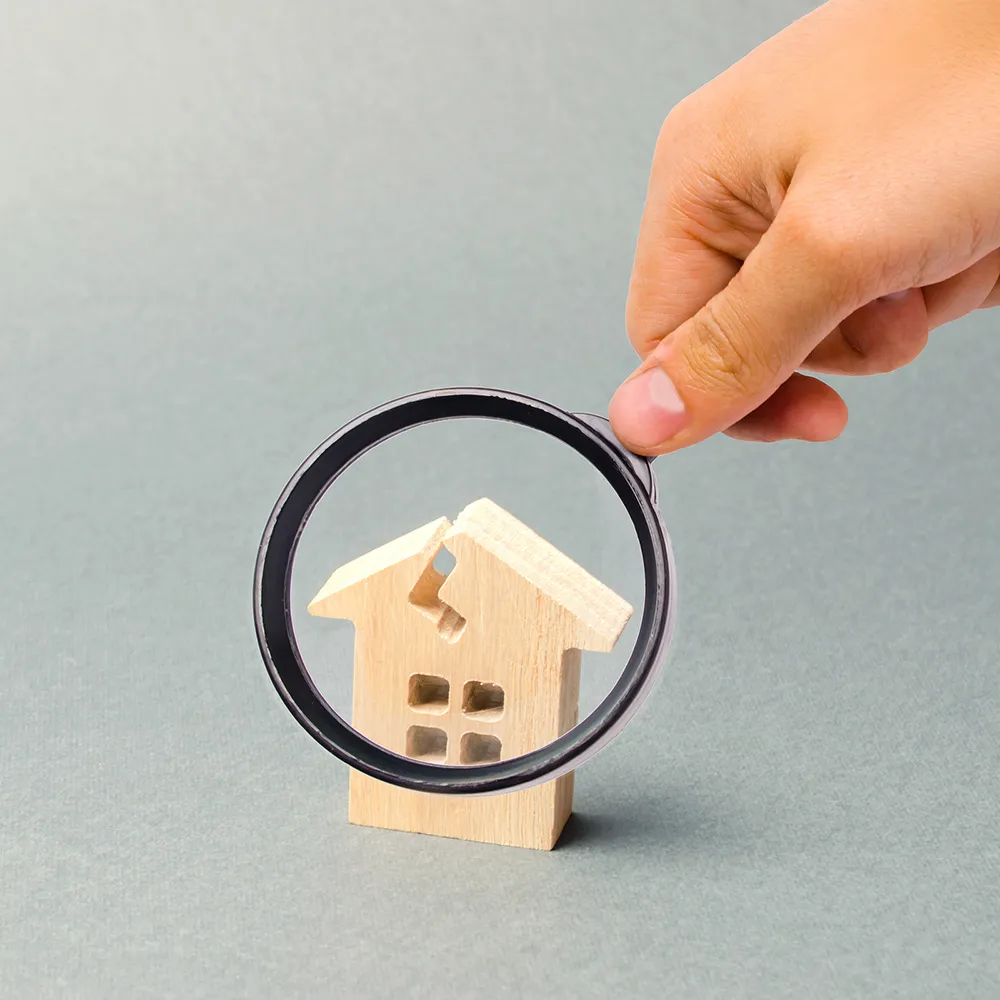One of the most common disputes between landlords and tenants revolves around the concepts of wear and tear versus damage to a rental property. Understanding the difference is crucial for both parties to avoid conflicts and ensure a smooth rental experience. In this article, we’ll define wear and tear, distinguish it from damage, and discuss best practices for handling these issues.
What is Wear and Tear?
Wear and tear refers to the natural deterioration of a property and its fixtures over time due to normal use. It happens regardless of how careful a tenant is and is generally the landlord’s responsibility to address.
Examples of Wear and Tear:
Faded or slightly scuffed paint
Minor carpet wear in high-traffic areas
Loose doorknobs or cabinet handles
Slightly worn-out flooring
Small nail holes from hanging pictures
Sun-faded window blinds or curtains
What is Considered Damage?
Damage, on the other hand, refers to any destruction or deterioration caused by negligence, misuse, or accidents beyond normal use. Unlike wear and tear, damage is typically the tenant’s responsibility and may result in deductions from the security deposit.
Examples of Damage:
Large holes or dents in walls
Stains or burns on carpets
Broken windows or doors
Missing or cracked tiles
Water damage from neglect (e.g., unreported leaks)
Pet-related damage (scratched floors, chewed baseboards)
How to Handle Wear and Tear vs. Damage?
For Landlords:
Conduct Regular Inspections: Routine inspections help document the condition of the property and identify issues early.
Define Expectations in the Lease: Clearly outline maintenance responsibilities and what constitutes damage.
Budget for Maintenance: Factor in costs for normal wear and tear to keep the property in good condition.
For Tenants:
Report Maintenance Issues Promptly: Addressing minor issues early can prevent larger problems.
Take Photos at Move-In and Move-Out: Document the property’s condition to avoid disputes.
Use the Property Responsibly: Treat the rental as if it were your own home to minimize damage.
Final Thoughts
Understanding the difference between wear and tear and damage helps prevent unnecessary conflicts between landlords and tenants. Landlords should be prepared to handle normal wear and tear as part of property upkeep, while tenants should take care of the home to avoid unnecessary costs. Clear communication and documentation are key to maintaining a positive rental relationship.
By knowing what’s expected and taking proactive steps, both landlords and tenants can protect their interests and ensure a fair resolution when issues arise.



